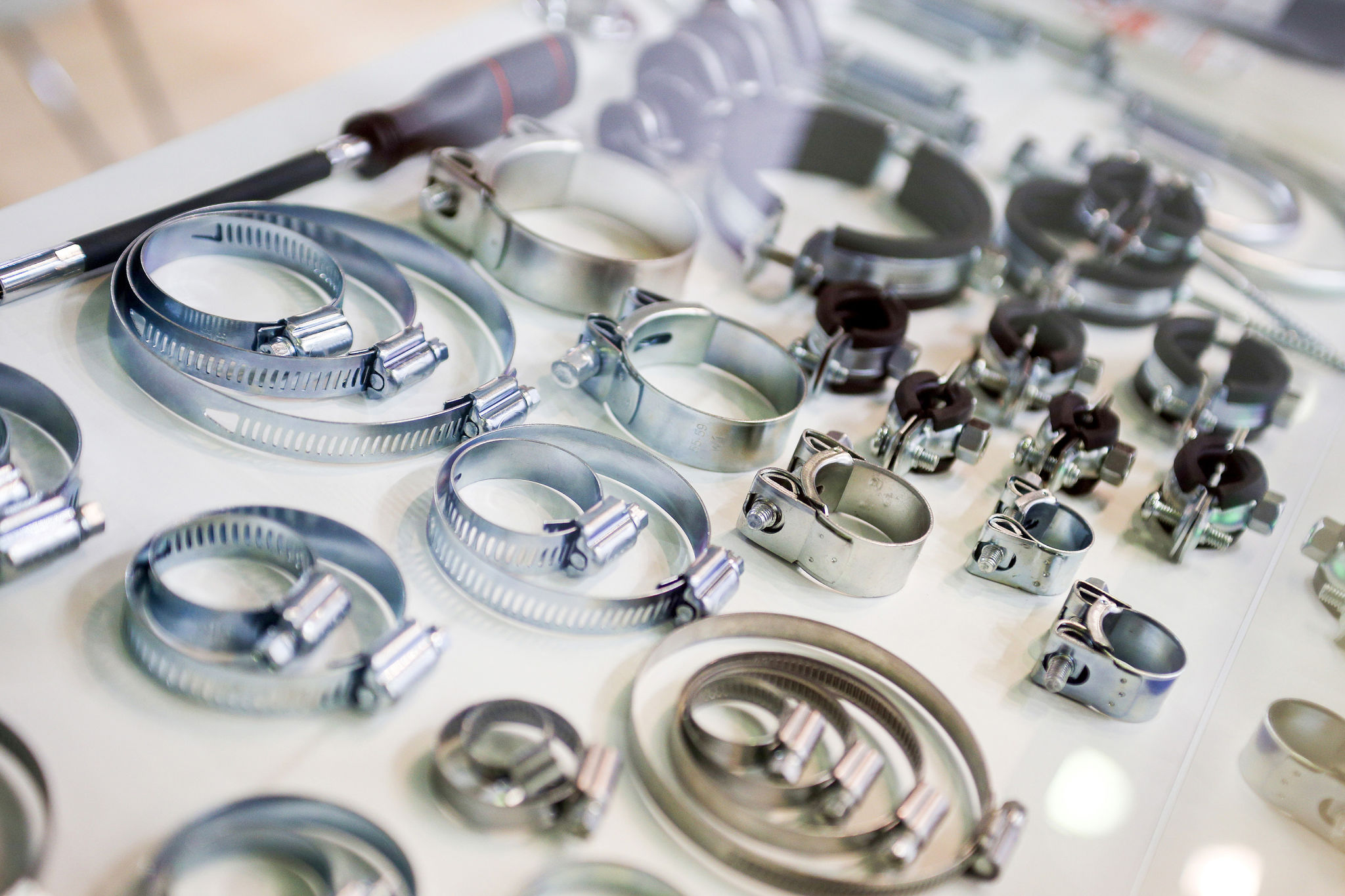DIY Guide: Fixing Minor Pipe Leaks Before They Become Major Issues
Introduction to Fixing Minor Pipe Leaks
Minor pipe leaks can be a homeowner's nightmare if left unattended. Not only do they waste water, but they can also lead to significant damage and costly repairs over time. The good news is that many minor leaks can be fixed with some simple DIY techniques. This guide will walk you through identifying and addressing these issues before they escalate.

Identifying the Leak
The first step in fixing a pipe leak is identifying its location and cause. Look for signs of water stains, dampness, or mold around your home, particularly near sinks, toilets, or any visible piping. Sometimes, leaks may be hidden behind walls or under floors, so it's vital to be vigilant about any unusual increases in your water bill.
Gathering Your Tools and Materials
Once you've identified a leak, you'll need a few basic tools and materials to get started. Most leaks can be addressed with items such as:
- Pipe wrench or adjustable pliers
- Teflon tape
- Pipe repair clamp
- Epoxy putty
Having these items on hand can make the repair process much smoother.
Turning Off the Water Supply
Before beginning any repair, it's crucial to turn off the water supply to prevent further leakage. Locate the nearest shut-off valve to the leak or turn off the main water supply for safety. This step will also help you avoid any accidental flooding during the repair process.

Fixing a Leak in a Joint
If the leak is at a pipe joint, it may be due to a loose connection. Use a pipe wrench or adjustable pliers to tighten the joint. If the leak persists, wrap Teflon tape around the threads of the joint to create a more secure seal. Ensure that you wrap the tape in the direction of the threads to avoid unwinding when you reattach the joint.
Repairing a Small Crack or Hole
For small cracks or holes in pipes, epoxy putty is an excellent solution. First, clean and dry the affected area thoroughly. Mix the epoxy putty as per the instructions on the package and apply it over the crack or hole, smoothing it out for a tight seal. Allow it to cure for the recommended time before turning the water back on.
Using a Pipe Repair Clamp
For slightly larger leaks, a pipe repair clamp can provide a quick fix. Choose a clamp that fits snugly around your pipe. Position it over the leak and tighten it according to the manufacturer's instructions. This method is effective for temporary fixes until you can arrange more permanent repairs.

Preventing Future Leaks
Once you've managed your current leak, consider implementing preventative measures to avoid future issues. Regularly inspect exposed pipes for signs of wear or corrosion and replace any that seem compromised. Additionally, insulating pipes can prevent damage from freezing temperatures.
Conclusion
Fixing minor pipe leaks on your own is not only cost-effective but also empowers you to maintain your home's plumbing system proactively. By following this guide, you can address small issues before they become significant problems. Remember, if you're ever unsure about handling a repair yourself, don't hesitate to consult with a professional plumber.
